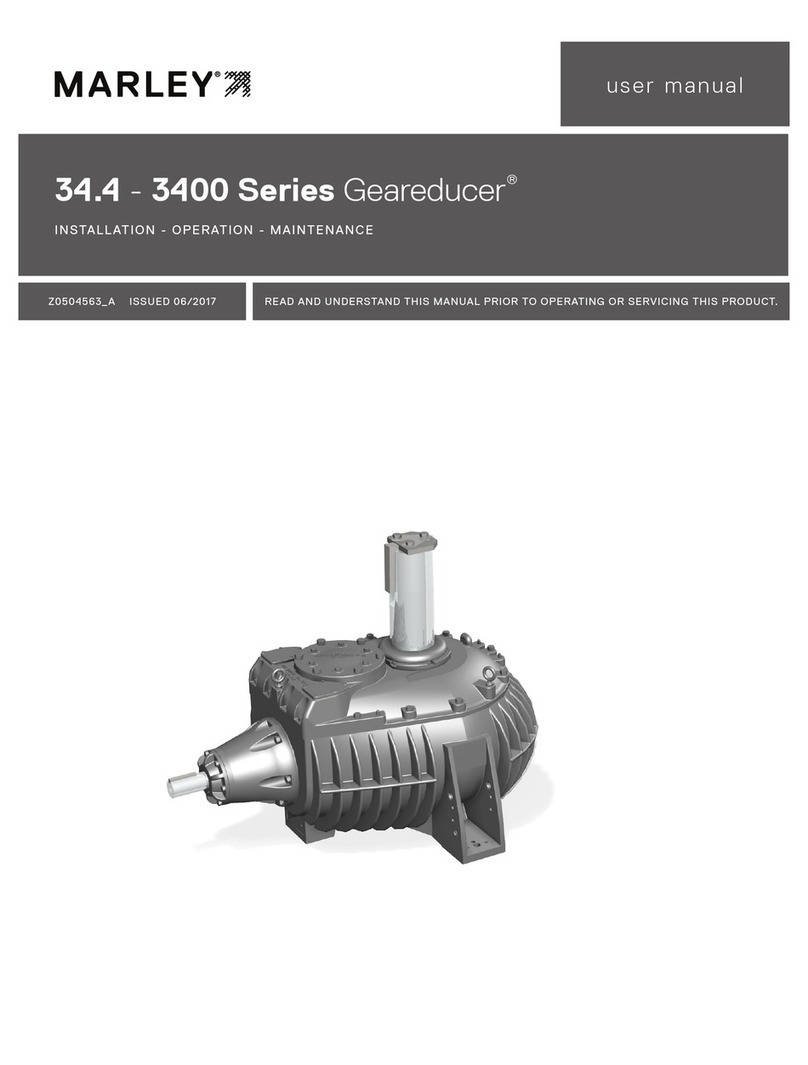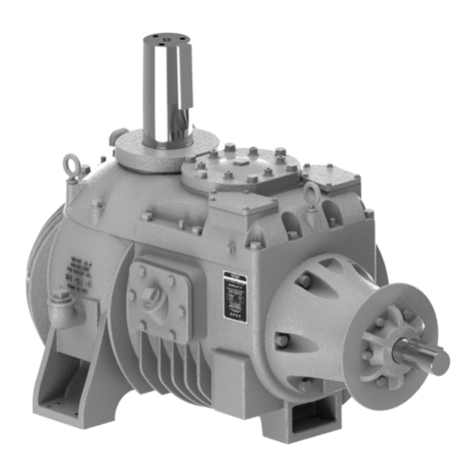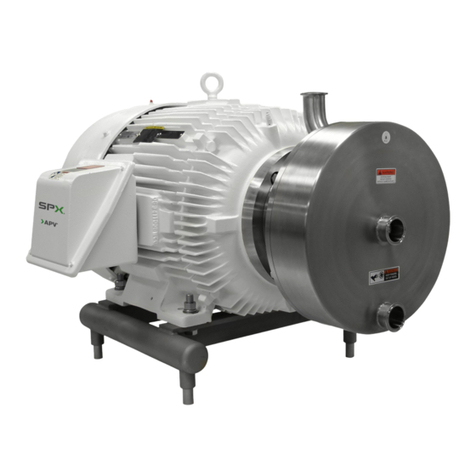SPX MARLEY Geareducer 2700 Series User manual

2700 -3000 Series Geareducer®
INSTALLATION - OPERATION - MAINTENANCE
Z0529732_A ISSUED 06/2017 READ AND UNDERSTAND THIS MANUAL PRIOR TO OPERATING OR SERVICING THIS PRODUCT.
user manual

Maintenance Service Monthly Semi-annually Seasonal Startup or Annually
Geareducer Drive:
Inspect and tighten all fasteners including oil plug x x
Check for and repair oil leaks x x x
Check oil level x R x
Change oil R R
Make sure vent is open x x
Check driveshaft or coupling alignment x
Inspect and tighten driveshaft or coupling fasteners x
Check driveshaft or coupling bushing / flex elements for unusual wear x
Lube Lines (if equipped)
Check for oil leaks in hoses and fittings x R x
R– Refer to instructions within this manual
Note: It is recommended at least weekly, that the general operation and condition be observed. Pay particular attention to any changes in sound or vibra-
tion that may signify a need for closer inspection.
maintenance schedule

3
operation and service instructions
INITIAL PROTECTION AGAINST CORROSION
As shipped, a Marley Geareducer is protected internally against
corrosion with machine enamel on unmachined parts and with
rust-proofing oil and grease on machined surfaces. These coatings
normally protect the Geareducer against atmospheric corrosion
for storage periods up to six months. However, if oil is added to
the Geareducer, it will dissolve the rust-proofing grease and oil,
requiring the Geareducer to be operated once a week to keep a
protective coating of oil on all interior machined surfaces.
Check Geareducer exterior. If exterior finish has been damaged
during shipment or installation, touch up with epoxy paint as re-
quired. If Geareducer is equipped with a remote dipstick/oil level
gauge and/or drain line, coat any exposed threads at pipe joints
to prevent corrosion.
INITIAL OPERATION
The Geareducer must be filled with oil to the full oil level mark on
the Geareducer case before it is placed in operation. See Chang-
ing Geareducer Oil section for oil filling instructions.
Geareducers supplied with new towers include oil for the initial
filling. Oil is not furnished with Geareducers supplied as spares
or on replacement orders. Before operating the mechanical
equipment, check to be sure the oil level is at the full mark at the
Geareducer and that the external gauge placard (if equipped) full
mark corresponds with the “Full” level in the Geareducer. Check
any oil lines to be sure there are no leaks.
Be certain that the vent on the Geareducer (and external dipstick/
oil level gauge, if present) is not plugged.
In order to assure long service life, the Geareducer and motor must
be level, and the drive shaft or coupling must be properly aligned.
Refer to the alignment instructions in the Driveshaft or Coupling
Manual shipped with the cooling tower. Copies are also available
from your local Marley sales representative.
Note—If the tower is equipped with a two-speed motor, allow a
time delay of at least 20 seconds when switching from high speed
to low speed. Allow a time delay of at least two minutes when
changing direction of fan rotation. Failure to provide these delays
may significantly reduce equipment service life.
FIGURE 1 Service Fittings
➠
VENT
VENT
DRAIN
PLUG
OIL LEVEL
CHECK AND FILL

4
operation and service instructions
SCHEDULED MAINTENANCE
Warning—Make certain that mechanical equipment is inoperable
during periods of maintenance—or during any situation of possible
endangerment to personnel. If your electrical system contains a
disconnect switch, lock it out until the period of exposure to injury
is over.
Monthly—Check Geareducer oil level. Shut down the unit and
allow 5 minutes for the oil level to stabilize. Add oil if required,
noting the addition in your maintenance log. If equipped with an
external dipstick/oil level gauge, small quantities of oil can be
added at that location.
Semi-annually—If using turbine-type mineral oil, change oil—see
Changing Geareducer Oil for instructions. Check that all the
assembly bolts and cap screws are tight, that oil plugs and pipe
connections are in place and free from leaks, and that the vent on
the Geareducer (and external dipstick/oil level gauge, if present)
is clear—a clogged vent can lead to oil leaks. Intermittent opera-
tion and extended periods of downtime can cause condensation
of water in the oil. If using Marley Gearlube, the oil condition must
be inspected every six months—see Changing Geareducer Oil for
maximizing service life.
Annually—Check mechanical equipment anchor bolts, drive shaft
coupling bolts, and coupling set screws. Tighten as required. Check
Geareducer exterioryearly and touch up with epoxy paint ifrequired.
Coat all exposed threads at pipe joints to prevent corrosion.
Every 5 Years—If using Marley synthetic Gearlube, change oil. To
maintain five-year change intervals, use only Marley Gearlube. It
is recommended to monitor the oil condition every six months
throughout the five-year period per the instructions in Changing
Geareducer Oil.
LUBRICANTS
To insure maximum performance and service life, it is recommended
Marley factory lubricants be used in all Marley Geareducers.
Marley lubricants can be purchased through your local Marley
sales representative.
If lubricants other than Marley factory lubricants are used, they must
not contain any additives (such as detergents or EP additives) which
are adversely affected by moisture and could reduce the service
life of the Geareducer. The responsibility for use of lubricants other
than Marley factory lubricants rests with the customer/owner and
the lubricant supplier.
Seasonal temperature changes may require one viscosity of oil for
summer operation and another for winter operation. Refer to the
tables below for the seasonal selection information.
Table 1 Oil viscosity
Winter or Summer Severe Duty/High Temperature
Air Temperature at Geareducer
Below 110°F (43°C) Above 110°F (43°C)
ISO 150 ISO 220

5
CHANGING GEAREDUCER OIL
Drain the Geareducer oil by removing the drain plug. See
Figure 1 for location. If equipped with an external dipstick/oil
level gauge, remove the drain plug at that location, and drain the
entire system.
To maximize service life of the Geareducer, remove a sample from
the drained oil and look for evidence of foreign material, such as
water, metal shavings or sludge, or send the oil sample to an oil
analysis lab for inspection. If you find unacceptable condensation
or sludge, flush the Geareducer with mineral oil before refilling.
After inspection is complete, fill the Geareducer with 14 gallons
(53 liters) of oil. See Figure 1 for location. If the Geareducer is
equipped with an external dipstick/oil level gauge an additional 3
to 4 quarts of oil will be required. Be certain that the vent on the
Geareducer (and external dipstick/oil level gauge, if present) is
not plugged. Verify that the gauge/drain line is full and that there
aren't any leaks at the connections.
Alternate procedure:
If the cooling tower has an external oil gauge and drain line
equipped with a three-way valve below the oil level gauge. See
Figure 2.
1. Remove pipe plug. Turn valve control stem clockwise to open
drain.
2. With Geareducer drained, the three-way valve turned clock-
wise, and the pipe plug removed, connect fill source (usually
a hose to a pump, to the three-way valve).
operation and service instructions
Pump oil through the hose. Check oil level occasionally by
turning the valve control stem counterclockwise and allowing
the oil level in the sight glass to stabilize. Continue filling until
full level mark is reached.
3. With the oil level at the full mark turn the valve control stem
counterclockwise to close the drain and open the valve to the
sight glass. Remove the oil filling line and reinstall pipe plug
in the three-way valve.
REPAIR AND OVERHAUL
TheModel 2700and 3000Geareducer is assembled usingspecial-
ized tools and fixtures. Bearings and gear sets are unique and not
available from other sources. Geareducers can be repaired in the
field—however, major repairs require the use of a fully equipped
machine shop. Refer to the Field Repair section of this manual
for further instructions.
If your Geareducer ever needs replacement or repair, Marley
recommends returning the unit to a Marley factory service center.
Contact your Marley sales representative to discuss course of
action. A factory reconditioned Geareducer carries a one year
warranty. The Marley Order Number on your cooling tower will be
required if the Geareducer is shipped back to the factory for repair.
Obtain a “Customer Return Material” tag from the Marley sales
representative in you area.
To find your Marley sales representative call 913 664 7400 or
check the internet at spxcooling.com.
OIL LEVEL CHECK
OIL GAUGE
AND DRAIN LINE
OIL GAUGE
VENT
OIL LEVEL
GAUGE
DRAIN PLUG
THREE-WAY
VALVE
FIGURE 2 Service Fittings
This manual suits for next models
1
Table of contents
Other SPX Industrial Equipment manuals
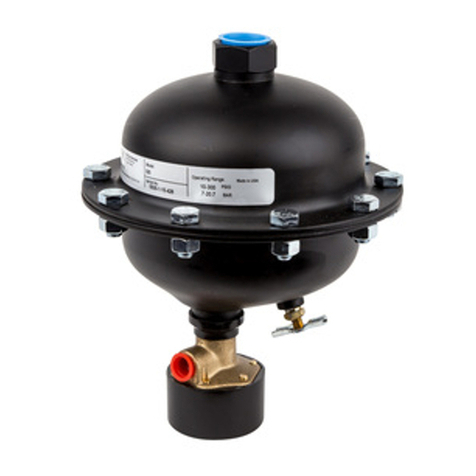
SPX
SPX Hankison Trip-L-Trap 505 User manual

SPX
SPX APV DELTA SDMU4 User manual

SPX
SPX APV ParaFlow User manual
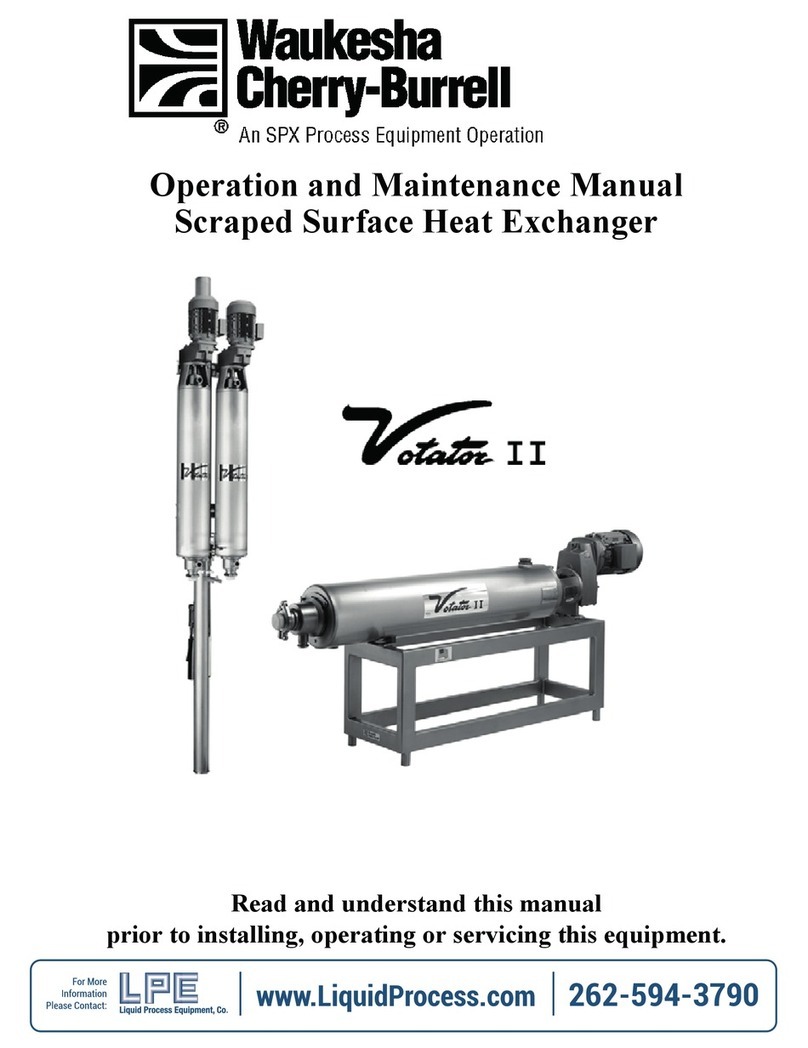
SPX
SPX Waukesha Cherry-Burrell Votator II User manual
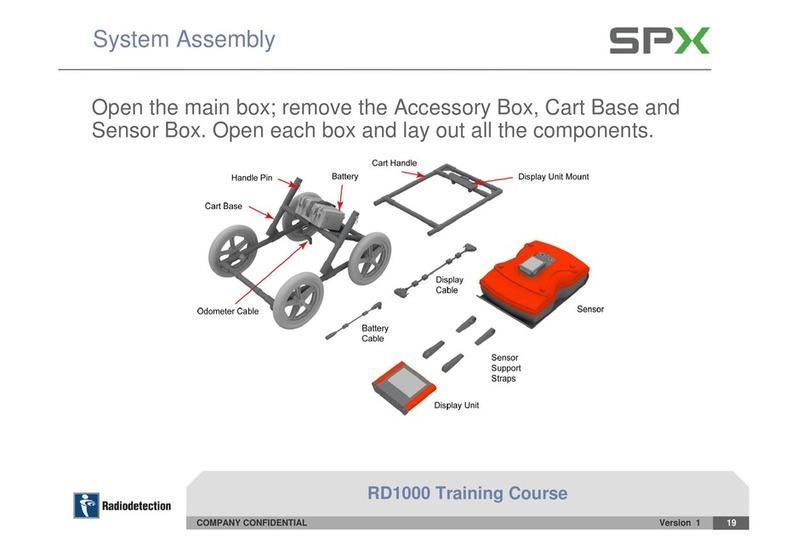
SPX
SPX RD1000 User manual

SPX
SPX Waukesha Cherry-Burrell User manual
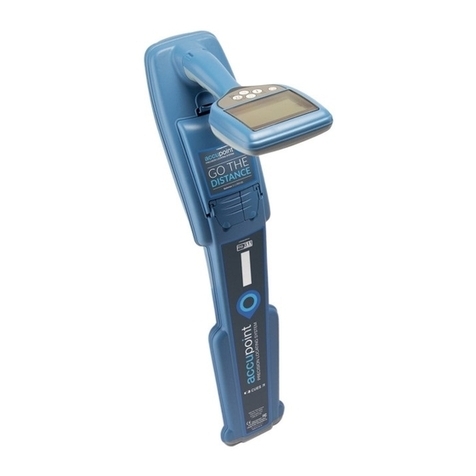
SPX
SPX CUES ACCUPOINT MS611 User manual

SPX
SPX Power Team HNS150A User manual
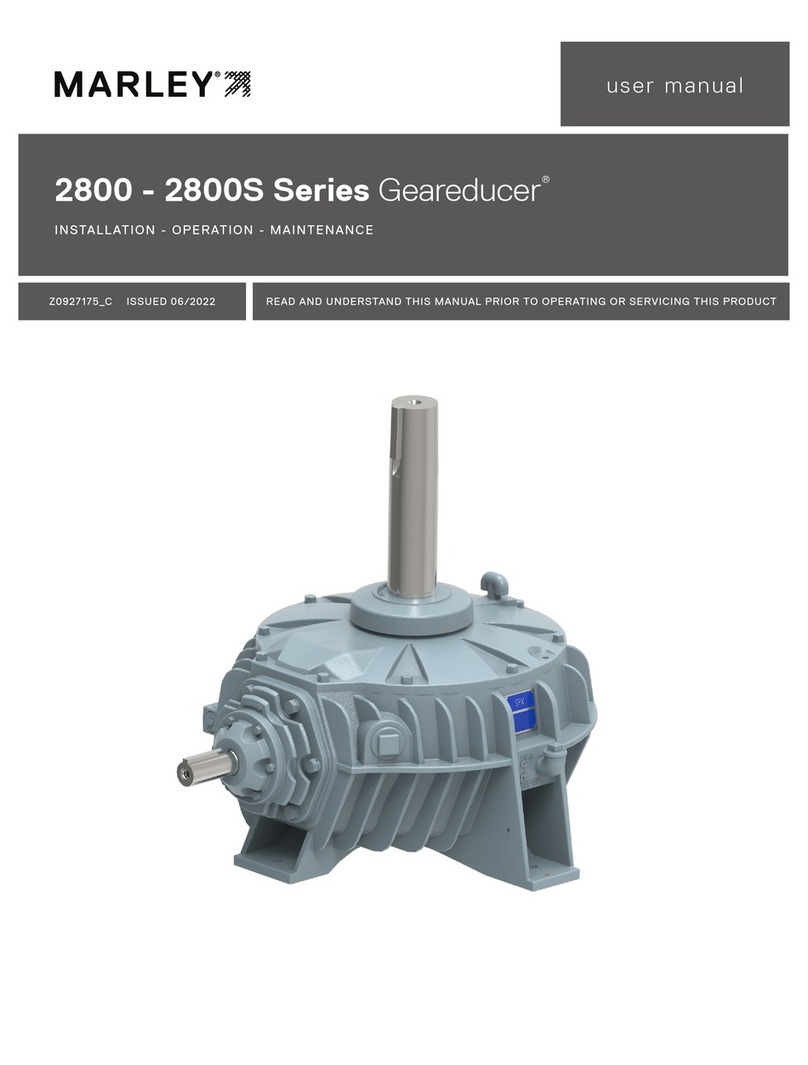
SPX
SPX Marley Geareducer 2800 Series User manual
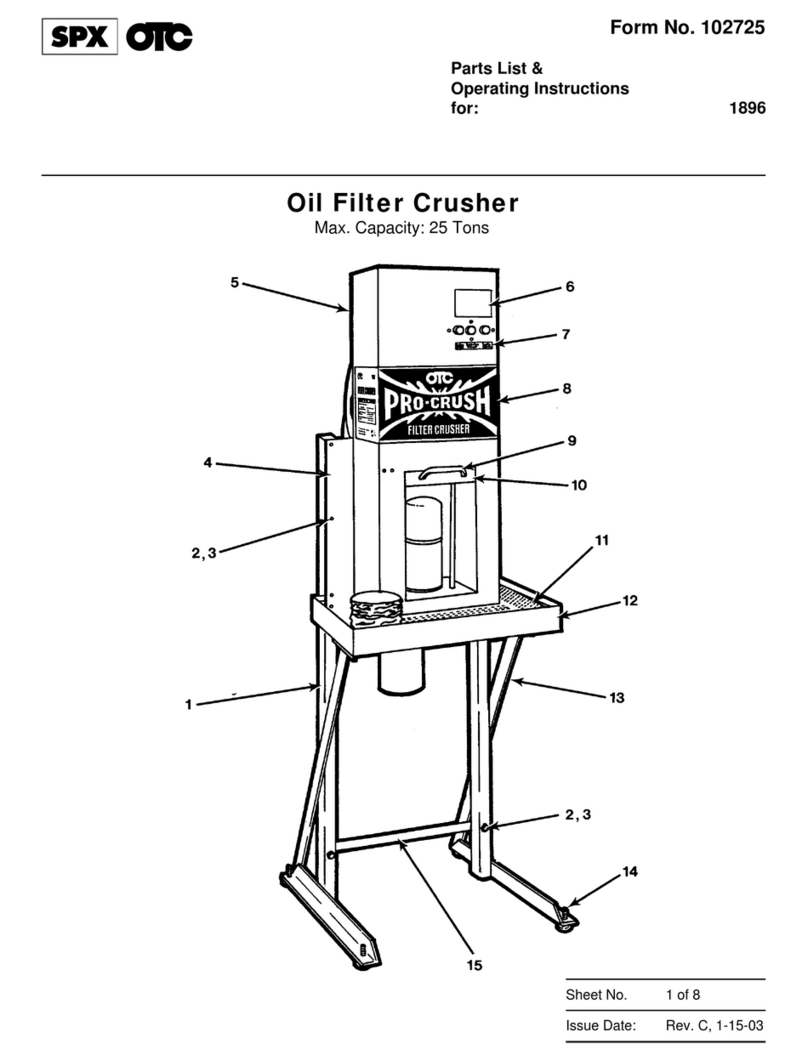
SPX
SPX OTC PRO-CRUSH 1896 User manual
